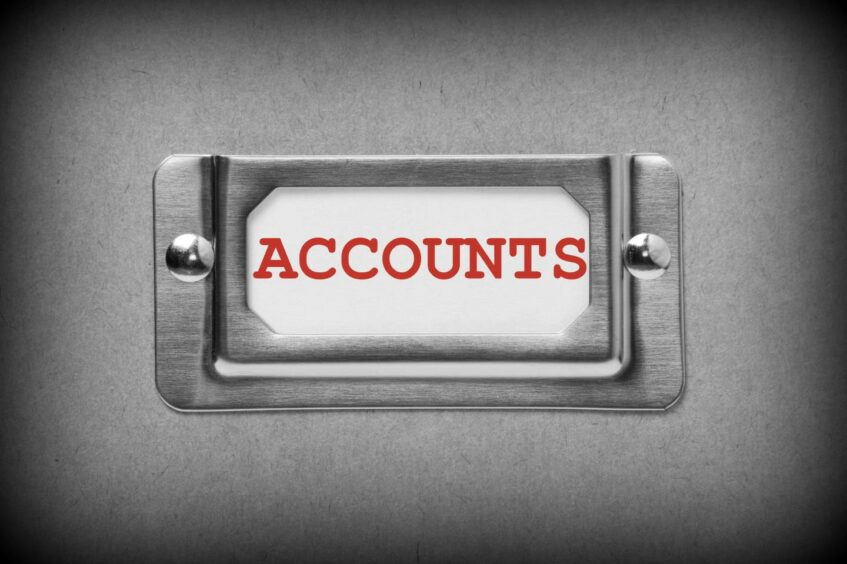Year-end is often stressful, but particularly at the moment in light of recent pressures like Covid-19. There will be continued focus by external auditors on key areas of this year’s annual accounts. Here are 8 year-end audit steps that deserve some extra attention this year.
Stephen Barclay, chartered accountant at Hutcheon Mearns, knows all too well that many companies have already been experiencing (and will continue to experience) more difficult and time consuming year-end audit processes.
There will be additional workloads for finance teams.
Plus, Hutcheon Mearns has witnessed that the auditors are demonstrating more rigour and scrutiny, a “higher bar”, focussing on several key areas of work.
Here are eight main areas that have come into sharper focus recently for both companies and auditors, particularly this year in light of the ongoing Covid situation.
8 areas at year-end audit time that need extra attention – and why
1. Going concern assessments
Management is required to assess a company’s ability to continue as a going concern and if they believe it can then the financial statements are prepared on a going concern basis. There have been a number of instances of companies disclosing that a material uncertainty exists that may cast significant doubt on the company’s ability to continue as a going concern.
This assessment requires robust and detailed financial forecast modelling, stress testing and sensitivity analysis and is a fundamental but judgemental area.
2. Impairment assessments
The carrying value of intangible assets (e.g. goodwill) and tangible assets (e.g. plant and machinery) must be assessed for impairment at least annually or more frequently if there are indicators of impairment.
This is a hot topic for the audit and impairments are likely to be more prevalent in difficult economic times.
3. Credit loss allowances
Entities must estimate a loss allowance for the expected credit loss on all financial assets. This includes external debtors and intercompany debt.
These loss allowances need to be set robustly and recognise that there is currently more risk of losses in certain industries.
4. Onerous contract provisions
Provisions must be taken to the income statement immediately if a loss is anticipated on a contract.
This may be more prevalent in the economic circumstances, and will need to be considered more thoroughly, and will be audited accordingly.
5. Restructuring provision
If companies have had to restructure to cope with the circumstances resulting from Covid, restructuring provisions will be more prevalent. More work will be required to set up these provisions in accordance with accounting rules, and create the relevant audit papers etc.
6. Accounting for governmental support

Many companies will need to understand the accounting treatment of any governmental support received and may require technical advice and ensure auditors are satisfied with the treatment and disclosure in the accounts.
7. Significant judgements and estimation uncertainty
There is more uncertainty and judgement in preparing the accounts mainly around the other points raised in this section. This gives rise to additional consideration and analysis by management and the need for more comprehensive audit papers and more disclosure in the accounts. Plus closer focus and scrutiny by the auditors.
8. Impact of any funding covenants
More stress on covenants and the resultant impact on funding plus the link to ensuring the auditors are satisfied with the consequential impact on the going concern assessment.
What can you do to ease stress at each year-end audit step?

Stephen admits that these extra considerations required during year-end audit steps come at a time where “workloads are higher, time is tight and resources are scarcer.”
But are there ways to ease the burden of year-end audits?
Stephen insists there are, and advises:
- Plan ahead: Create timetables and draw up a plan; work together with your auditors during their planning stages and visits.
- Start working on key areas: Look at the audit focus early and even before year-end. Be proactive and have conversations with auditors on any new, difficult or judgemental areas as soon as you can.
- Set realistic timescales: Try to stick to deadlines. Monitor progress and react.
- Ensure there are adequate resources: Do you have enough staff to give audits the attention they deserve? Or do you need to provide cover? If so, see next point.
- Call in external expertise: For everyone, year-end brings in a higher workload so one way to address constrained resources is to call in external help to help with year-end or to backfill financial positions when staff are tied up with audits.
If you feel your business would benefit from external assistance from the financial specialists at Hutcheon Mearns at this time of year, or throughout 2022, then the firm’s specialists, like Stephen Barclay, can be recruited for short-term projects – either for auditing purposes or to backfill roles.
Find out more about what Hutcheon Mearns could bring to your business.











